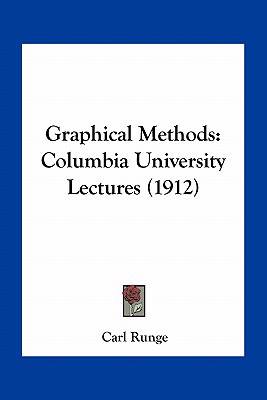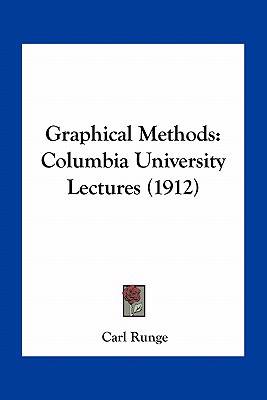
- Afhalen na 1 uur in een winkel met voorraad
- Gratis thuislevering in België vanaf € 30
- Ruim aanbod met 7 miljoen producten
- Afhalen na 1 uur in een winkel met voorraad
- Gratis thuislevering in België vanaf € 30
- Ruim aanbod met 7 miljoen producten
Zoeken
€ 32,45
+ 64 punten
Omschrijving
Graphical Methods: Columbia University Lectures is a book written by Carl Runge and originally published in 1912. The book is a collection of lectures delivered by the author at Columbia University, and it focuses on the use of graphical methods in mathematics and physics. The lectures cover a wide range of topics, including curves and surfaces, differential equations, and the graphical representation of functions. The book is intended for students and professionals in the fields of mathematics and physics who are interested in learning more about graphical methods and their applications. It is written in a clear and concise style, with numerous illustrations and examples to help readers understand the material. Overall, Graphical Methods: Columbia University Lectures is a valuable resource for anyone interested in the use of graphical methods in mathematics and physics.This scarce antiquarian book is a facsimile reprint of the old original and may contain some imperfections such as library marks and notations. Because we believe this work is culturally important, we have made it available as part of our commitment for protecting, preserving, and promoting the world's literature in affordable, high quality, modern editions, that are true to their original work.
Specificaties
Betrokkenen
- Auteur(s):
- Uitgeverij:
Inhoud
- Aantal bladzijden:
- 160
- Taal:
- Engels
Eigenschappen
- Productcode (EAN):
- 9781163935781
- Verschijningsdatum:
- 10/09/2010
- Uitvoering:
- Paperback
- Formaat:
- Trade paperback (VS)
- Afmetingen:
- 152 mm x 229 mm
- Gewicht:
- 222 g

Alleen bij Standaard Boekhandel
+ 64 punten op je klantenkaart van Standaard Boekhandel
Beoordelingen
We publiceren alleen reviews die voldoen aan de voorwaarden voor reviews. Bekijk onze voorwaarden voor reviews.











